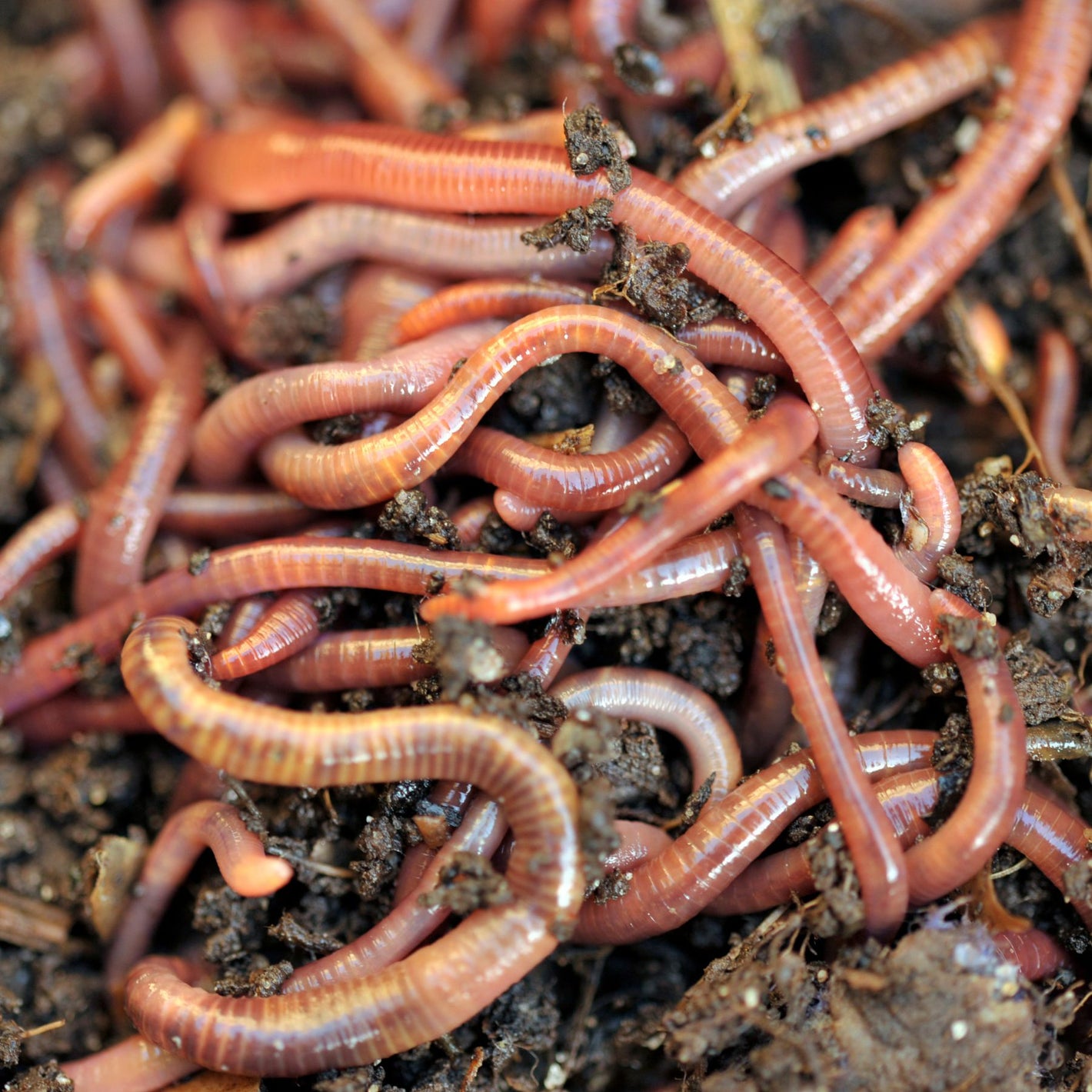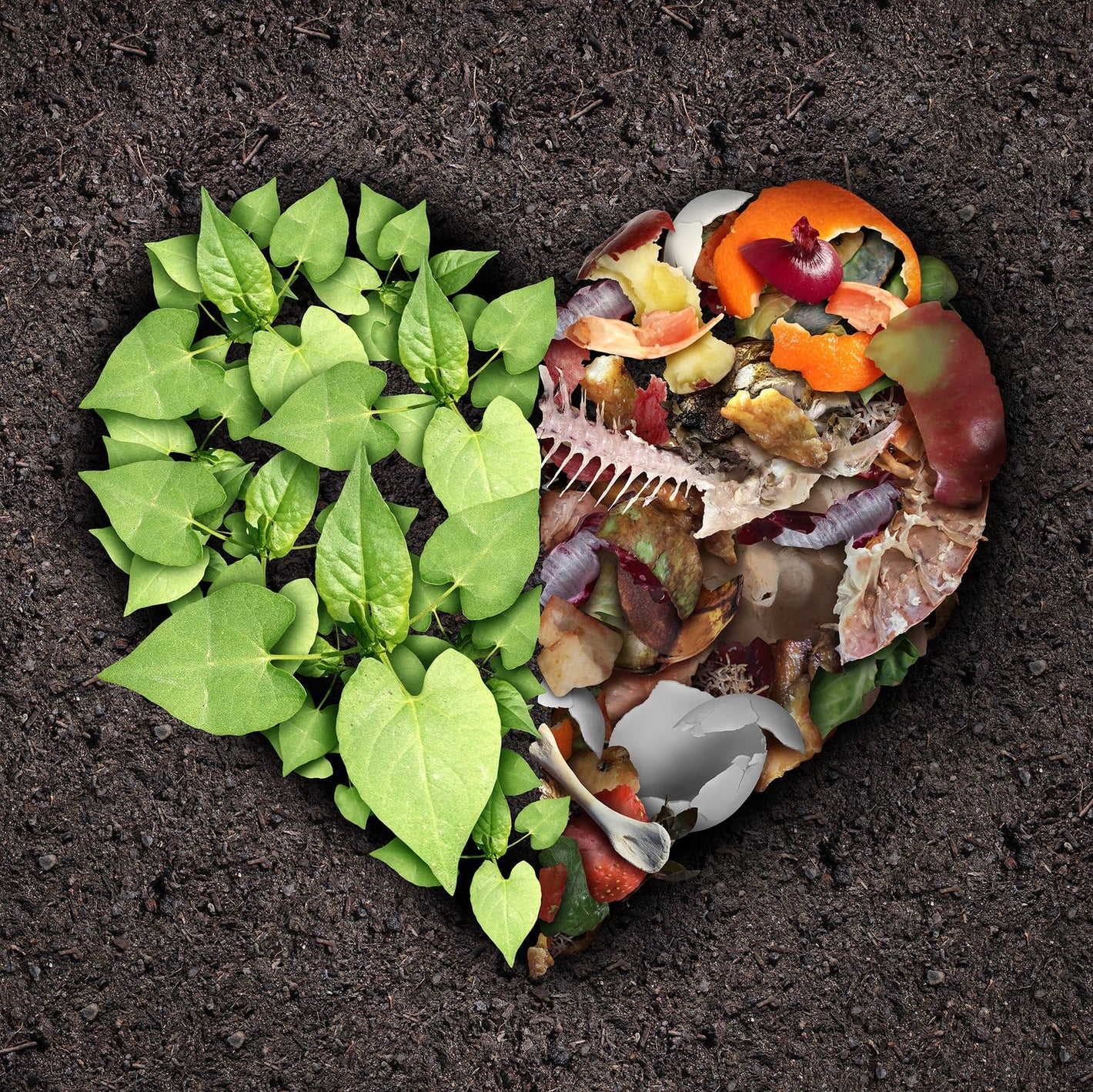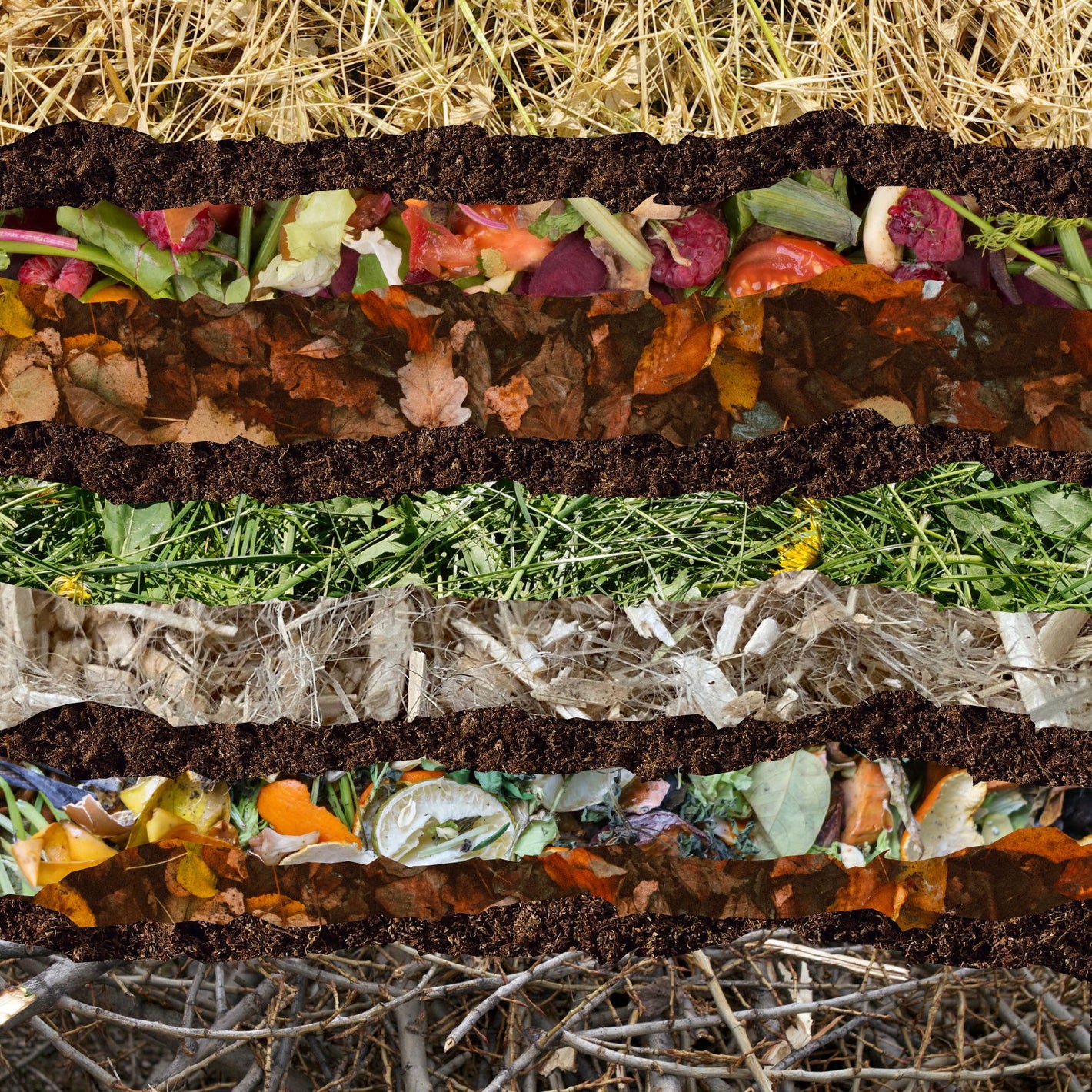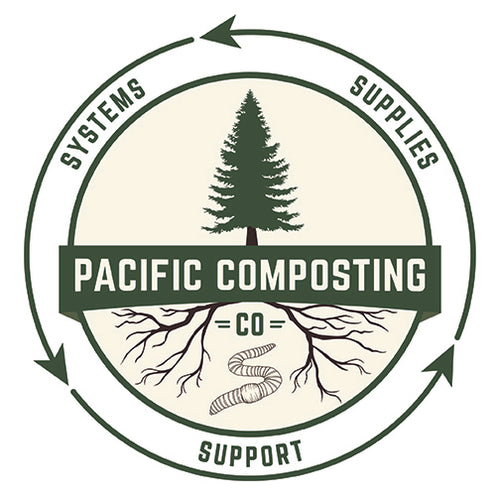Getting Started with Composting

How to Choose the Best Composting Approach and System(s) to Suit Your Needs and Preferences!
A big part of our mission is to help you choose composting approaches and systems that are ideal for your particular situation and preferences.
We sell a carefully curated line-up of composting systems that we have personally tested to ensure quality, effectiveness and durability. It's important to us that you end up with products you are going to actually use - and enjoy using - over the long-haul.
Key Considerations
When deciding on a good place to start, there are a handful of factors worth considering.
-
Location and Space- Are you planning to compost indoors or outdoors (or both)? How much space do you have available?
-
Climate - closely linked to #1, your local climate can have a major impact on choosing the best composting approach/system for your situation.
-
Size of Waste Stream - How much compostable material do you have to work with now and on an ongoing basis?
-
Budget - How much do you want to spend on your composting system(s) and supplies?
-
DIY vs Commercial - Are you good with tools and want to build your own? Or would you prefer to purchase a manufactured system?
-
Aesthetics - How important is the appearance of your composting systems?
-
Time - How much time do you want (or have available) to devote to your composting efforts?
-
Physical Abilities/Health - Do you have limited strength/mobility/energy? Have any allergies or other potential health concerns that might serve as constraints?
- Overall Interests & Preferences - Maybe you've already done your homework and have your mind set on a specific approach that suits your fancy?
We've separated our recommended approaches into 3 main categories (what we call “The Big 3” methods):
- Backyard Composting,
- Worm Composting, and
- Bokashi
Backyard Composting -
- Also known as “backyard composting”, this is a larger-scale method well-suited for home owners with outdoor space.
- Often involves layering of biodegradable kitchen and yard wastes in a plastic or wooden bin gradually over time.
- Temperatures usually range from mesophilic (mid range) to thermophilic (hot) - but on average it tends to be cooler than typical “hot composting”.
- Can be quite slow (especially during cooler times of year) - but combining it with vermicomposting can greatly speed things up.
Overall - Good choice for home owners wanting a simple, fairly passive outdoor method. Well-suited for yard wastes like grass clippings, weeds and fall leaves, along with compost-friendly kitchen scraps. Pairs very well with other “Big 3” methods, especially worm composting.
Learn more (and see system recommendations) on our Backyard Composting System Recommendations page!
Worm Composting (Vermicomposting)
- Combined effort of specialized earthworms and microorganisms
- Worms greatly help with fragmentation, mixing and aerating wastes, as well as distributing microbes.
- Wastes converted into valued-added end product called worm castings, vermicompost or vermicast (one of the most highly-regarded soil amendments).
- Great flexibility of scale - systems can be small, medium or large . So, it can be a great choice both indoors and outdoors.
- Excellent partner strategy for other Big 3 methods.
Overall - Great choice for those with less room, or who want to improve the speed and efficiency of their composting efforts. Works well as a stand-alone process, even better when partnered with other approaches. With live animals playing a more prominent role, it does require a bit more care and responsibility than other methods.
Learn more (and see system recommendations) on our Worm Composting System Recommendations page!
Bokashi -
- Often called "composting", it’s actually an anaerobic fermentation process.
- Advantages: 1) fairly fast, 2) flexibility of scale, 3) wider range of organic wastes can be added (eg meat, dairy, seafood).
- Key trade-off: end product is not a stabilized "compost" that’s “garden-ready” (requires additional aging or composting).
- Great partner strategy with other Big 3 methods.
Overall - Bokashi is a great, super easy waste management option for people with limited space, but it does require an additional aging/composting step if you want to use the end product. In light of this, and since you can process a wider range of wastes, we feel it is the perfect partner strategy with other Big 3 methods!
Learn more (and see system recommendations) on our Bokashi System Recommendations page!
Choose Your Composting Adventure
-

Worm Composting
Learn moreThis is a great choice for indoor composting and/or if you have limited space. It is also scalable for larger outdoor systems!
-

Bokashi
Learn moreBokashi composting is a good choice if you are looking for a way to compost ALL food scraps including meat and dairy!
-

Backyard Composting
Learn moreChoose backyard composting if you would like a fairly hands-off and simple composting method.
Join the Composter's Club Newsletter
Enjoy a brand new issue every month - jam-packed with exciting updates, helpful composting resources & tips, and special offers. You'll also receive a free PDF copy of our Worm Care Guide, and a $5.00 coupon good towards your first purchase!






